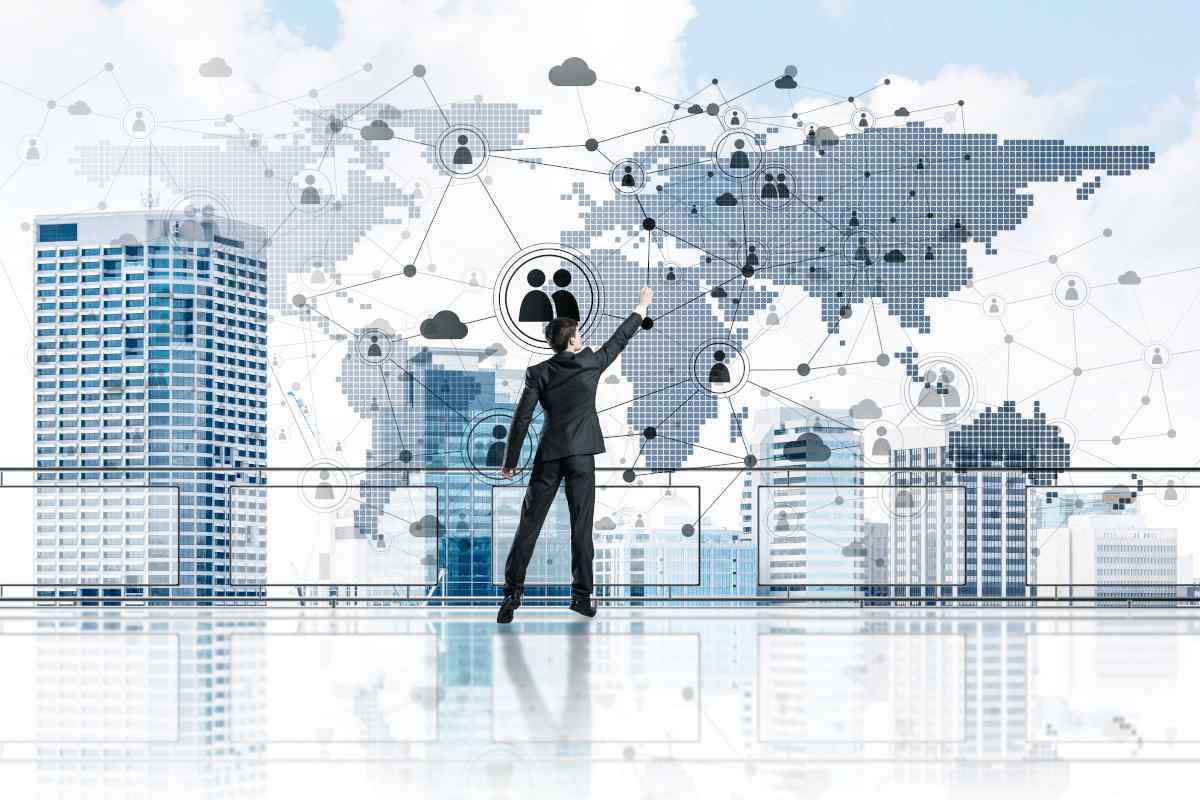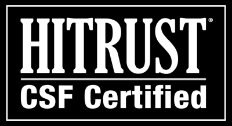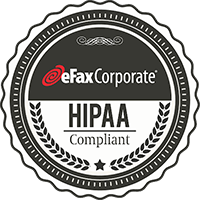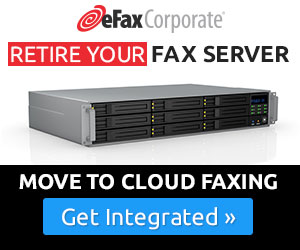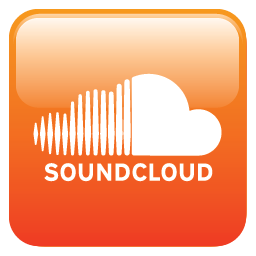In an age of constant innovation, new platforms are always emerging that threaten to knock fax technology off its perch.
Leaders of enterprise operations that handle, store and exchange sensitive and private personal information, especially those in the healthcare field, know the value of fax technology for its encryption and its ability to help their operations comply with the highest regulatory standards.
What they may overlook are the choices available to them when it comes to fax. Those choices are not limited only to legacy fax or some other form of transmission, such as email. Legacy fax comes with a number of hidden costs that detract from its overall cost-effectiveness. However, leaders can choose another form of fax that provides the same benefits without those hidden costs. That technology is digital cloud fax service or DCFS.
Hidden in Plain Sight
Many of the hidden costs of classic fax are, well, not so hidden. In fact, they are quite obvious. For example, consider the costs of maintenance and supplies, such as toner and paper.
While cars may soon be driverless, fax machines are not. Every operation with a fax machine must also have a human to operate it. The human is there to receive the documents, deliver them, scan them and, in many cases, shred them — in those especially compliance-sensitive organizations. Those costs definitely add up.
And as the volume of faxes goes up, the costs increase along with them.
People Are Expensive
Paper and toner may cost a lot these days, but the costliest resource in legacy fax is human resource. We’re not talking about the person who tells you to read the employee handbook, or makes you sign up for those incredibly interesting professional development seminars. No, just the person who handles the faxes.
We calculate the cost of labor to send or receive a fax at around $1.55 per fax. That may not seem like much, but let’s not forget, you’re not sending one fax a month.
And when phone line costs are added into the calculation, the price can reach up to $720 USD per line, per year.
Let’s also not forget that like copiers, automobiles and dishwashers, fax machines need to be serviced, and sometimes frequently. The cost for a fax problem can be as high as $49.96 per IT ticket.
Let’s look at one hypothetical example to see how the numbers add up. A typical business operation may use four fax machines, with four dedicated phone lines, to send 1,000 pages per month. In that setup, the business may end up paying more than $3,800 per year for faxing alone.
Server Rooms Don’t Save Money
When considering cloud fax technology, some leaders may be tempted to look at a hybrid approach to faxing, one that involves cloud faxing supported by on-premise fax servers, on the assumption that this is a cost-effective approach. Unfortunately, on-premise fax servers aren’t cheaper. In fact, they add costs.
Let’s look at this scenario a little more closely. In these hybrid environments, there is at least one fax server involved. The on-premise data center incurs multiple costs:
- A Windows Server costs between $800 to $1,200 per month.
- A co-lo facility costs between $800 to $1,000 per month.
- The hardware can cost up to $6,000
- The software costs $749 average per channel (and then you also need to add maintenance costs for that software!)
And that’s not all. An operation will also need redundant equipment to create reliability, so the above costs must be added up, then doubled.
What’s more, if the operation has a third-party company running compliance or security testing on hardware and software, additional costs will be incurred. These can run as high as $3000 per instance.
Digital Cloud Fax Solutions Offer a Better Way
Halloween may be just around the corner, but we’re not trying to scare you with all this talk about hidden costs. Well, maybe a little bit.
The good news is that there is an alternative. Let’s turn now to the ideal way to send and receive faxes in the enterprise environment, digital cloud fax solutions (DCFS).
Cloud fax has a number of advantages over legacy fax technology, including immediate improvements in document workflow, compliance, and security, but the most important difference may be the cost savings. In fact, they are amazing.
First of all, with cloud fax, there are no software or hardware costs. You will incur no charges for telco lines, because, simply put, you won’t need them.
And all those printing and maintenance costs we talked about earlier? You can forget those, too.
Because you no longer need all the hardware, you will also incur no rack-space or power costs.
Finally, you will not need any dedicated employees to manually handle, scan, store, or shred paper faxes. Your human resource costs will be minimal, and your human resources department will thank you.
How Does Cloud Fax Save You Money?
With the cloud fax model, you pay based on the concept of consumption-based pricing. This accurately reflects what you use. Pricing is based on accurate and complete data that reflects your use of the cloud fax services.
What do you pay for? Just your cloud fax numbers, which are a flat fee every month, and your usage. So you pay as you go! There are no other service costs and there are no hidden costs for cloud fax services.
In addition to reduced hard costs, let’s not forget the savings of time and the costs savings that come with that. Cloud fax simplifies and reduces the cost of management and control of fax services because you don’t have to manage all those fax machines or servers.
Also, you reduce the cost of lost time for manual faxing. Consider the situation where an employee is at a computer, has just completed a form and wants to fax it.
By integrating our eFax Enterprise APIs, the employee can just press a button and send the fax. This is much simpler than printing a form, walking to a fax machine, putting the paper on the fax, dialing, and then dealing with the printed piece of paper.
In addition to the savings in time and human resources, your business will save capital costs, too. With cloud fax, you will make absolutely no investment in infrastructure, such as fax machines, servers, hardware or software.
Finally, there is reliability. In addition to all these financial savings, all your fax communications are managed for you in the cloud. This gives you built-in reliability without no additional costs. It’s like sprinkles on top of your ice cream Sundae.
How to Choose A Digital Cloud Fax Service Provider
Hopefully, by now, we’ve convinced you that DCFS is the way to go. All you need to do now is choose a vendor.
What should you look for in a DCFS provider?
Most customers, especially enterprise leaders, will want a provider that is profitable with a consistent revenue base to continue to invest in new features and capabilities for their products.
It is also essential that the provider is compliant with regulatory and security standards, especially if the enterprise is operating in the healthcare IT sector.
The provider should undergo regular, independent audits of data centers. Third party-audits attest to the accuracy and credibility of those audits.
As a customer, also look for a strong and broad network, strong native security, advanced security features built in, as well as the presence of well-trained human tech support specialists, so you know you have resilience and your SLAs can be met.
On that note, make sure your service provider can give you a minimum 99.5% SLAs. Anything less is just not resilient enough.
DCFS Saves You Money In Ways Legacy Fax Cannot
Fax use continues to grow, especially in the healthcare IT sector. In that industry, up to 70% of all document sharing is conducted over fax. This high rate of faxing has been maintained even as organizations migrate to electronic health record keeping, and compliance standards and regulations are drastically changing the way information is shared.
However, maintaining a classic fax infrastructure is inefficient and carries inherent risks. It also costs too much.But enterprise leaders have an option. The digital Cloud Fax model provides the interoperability, efficiency, security, and cost savings that classic fax cannot provide.
